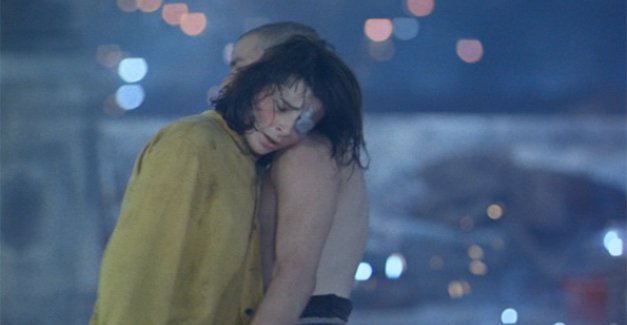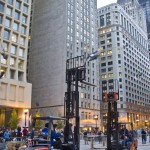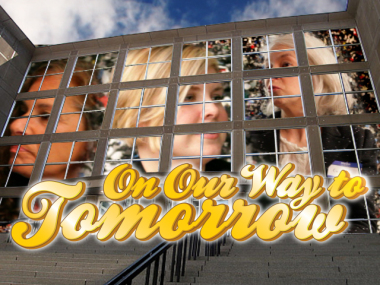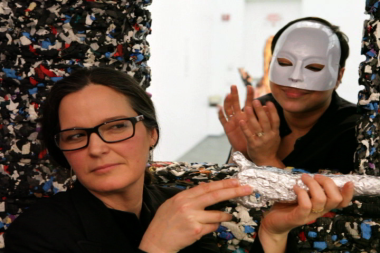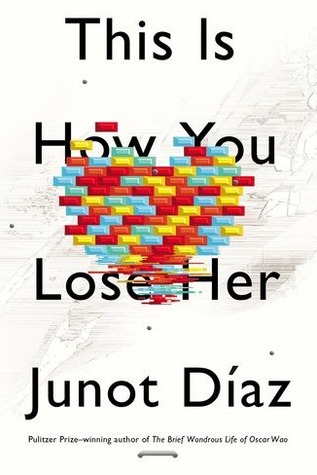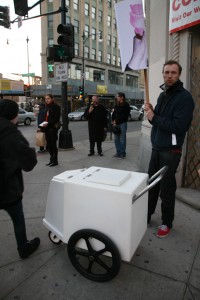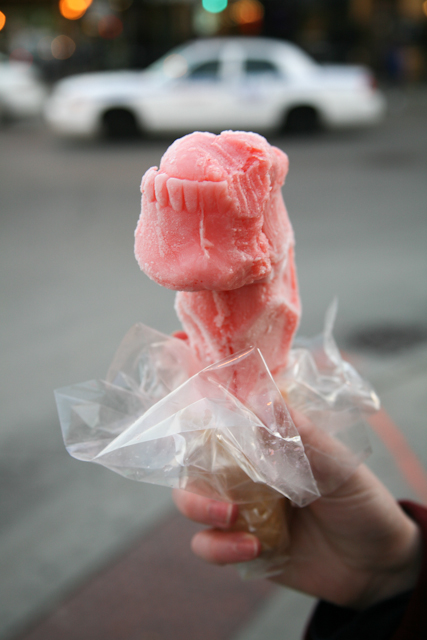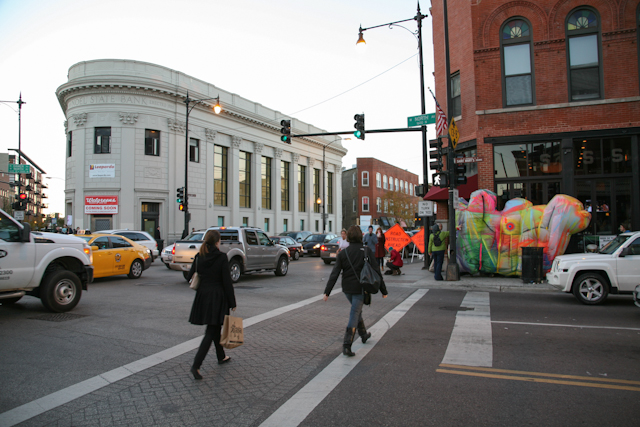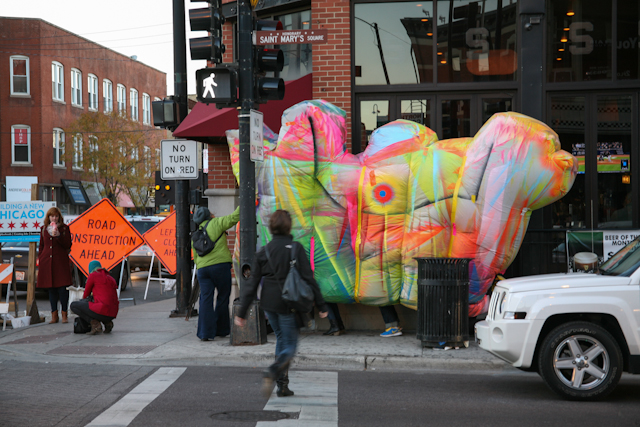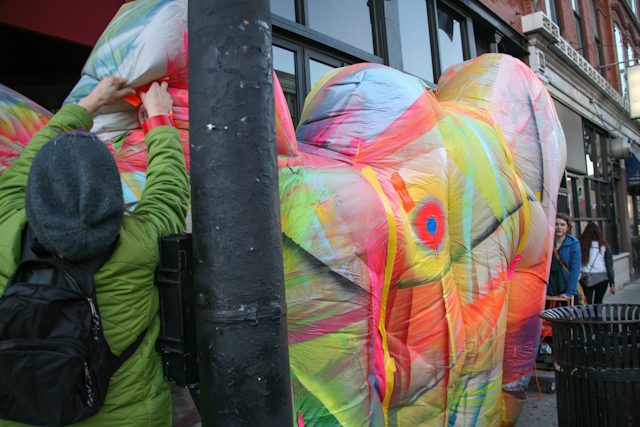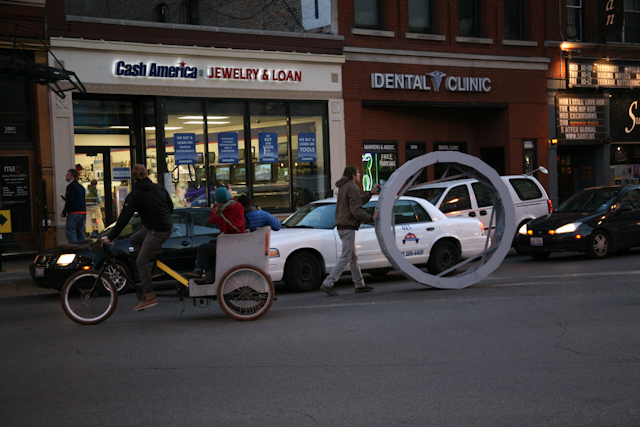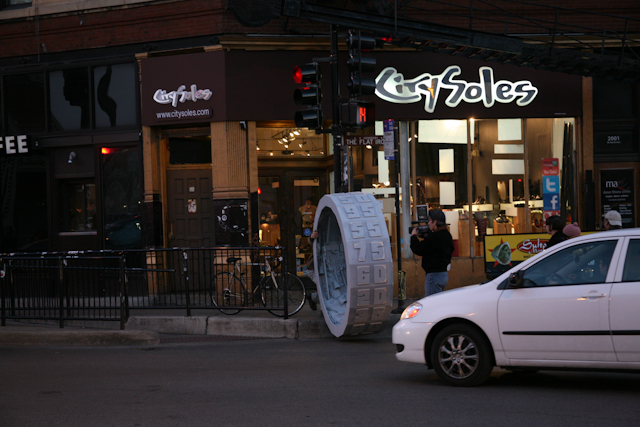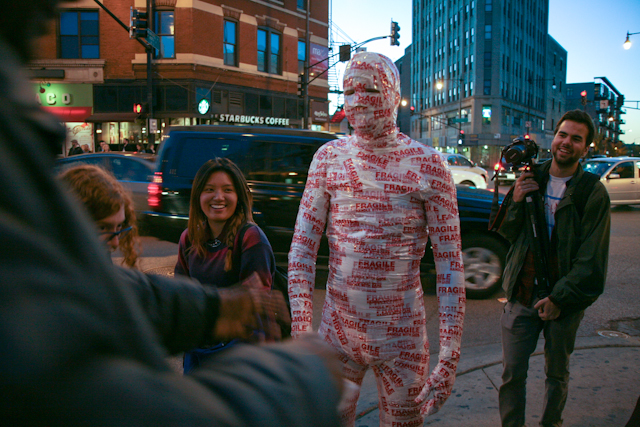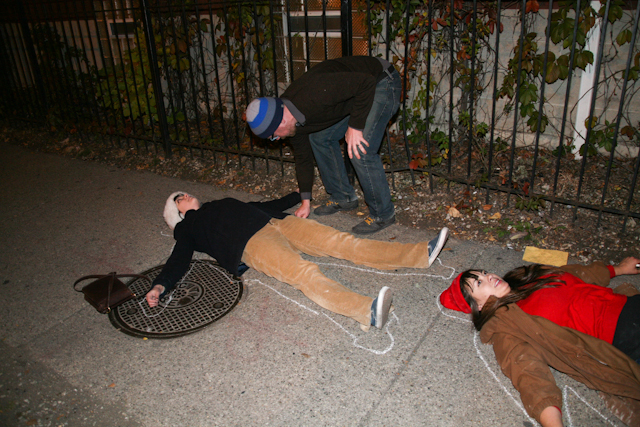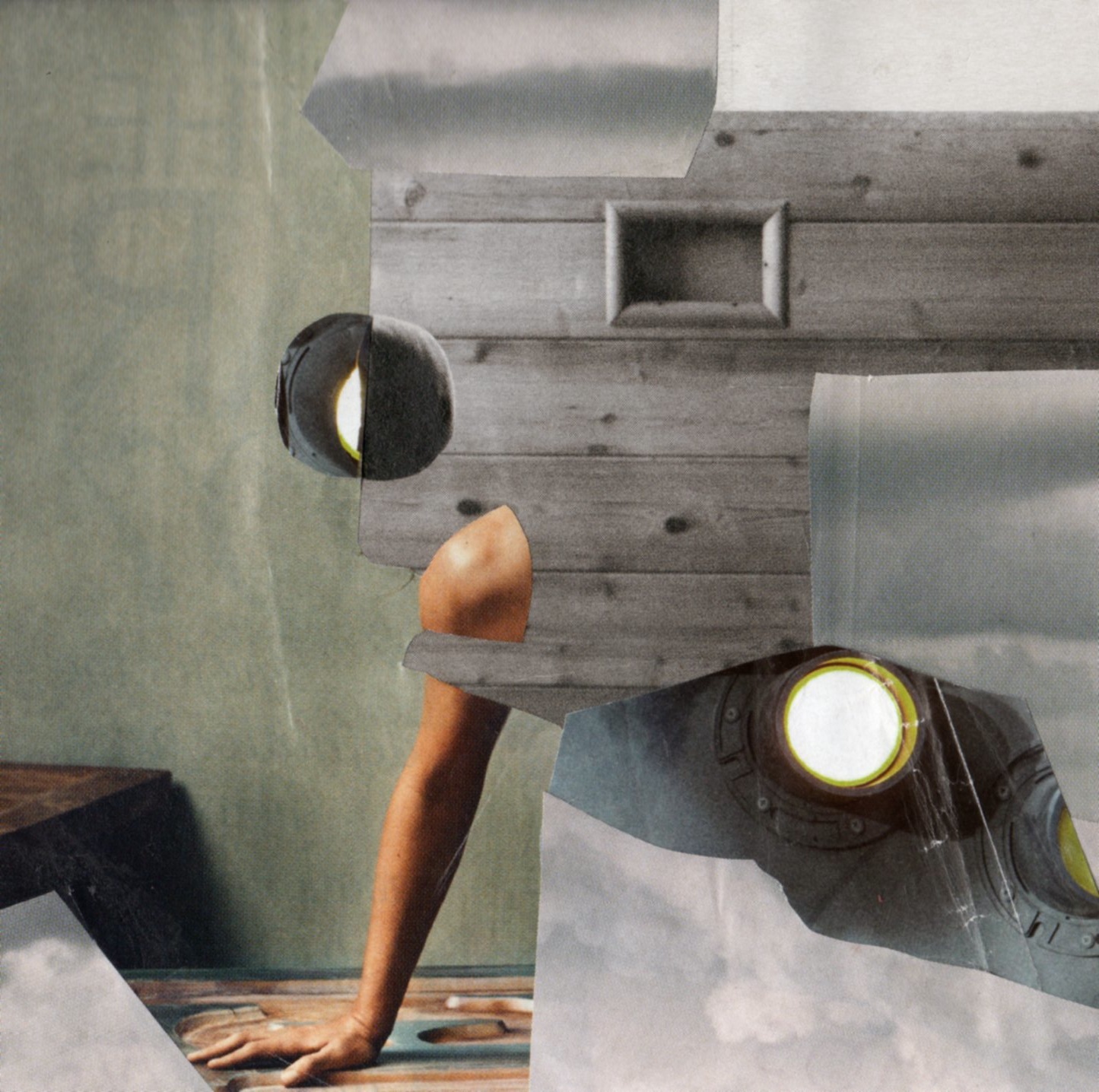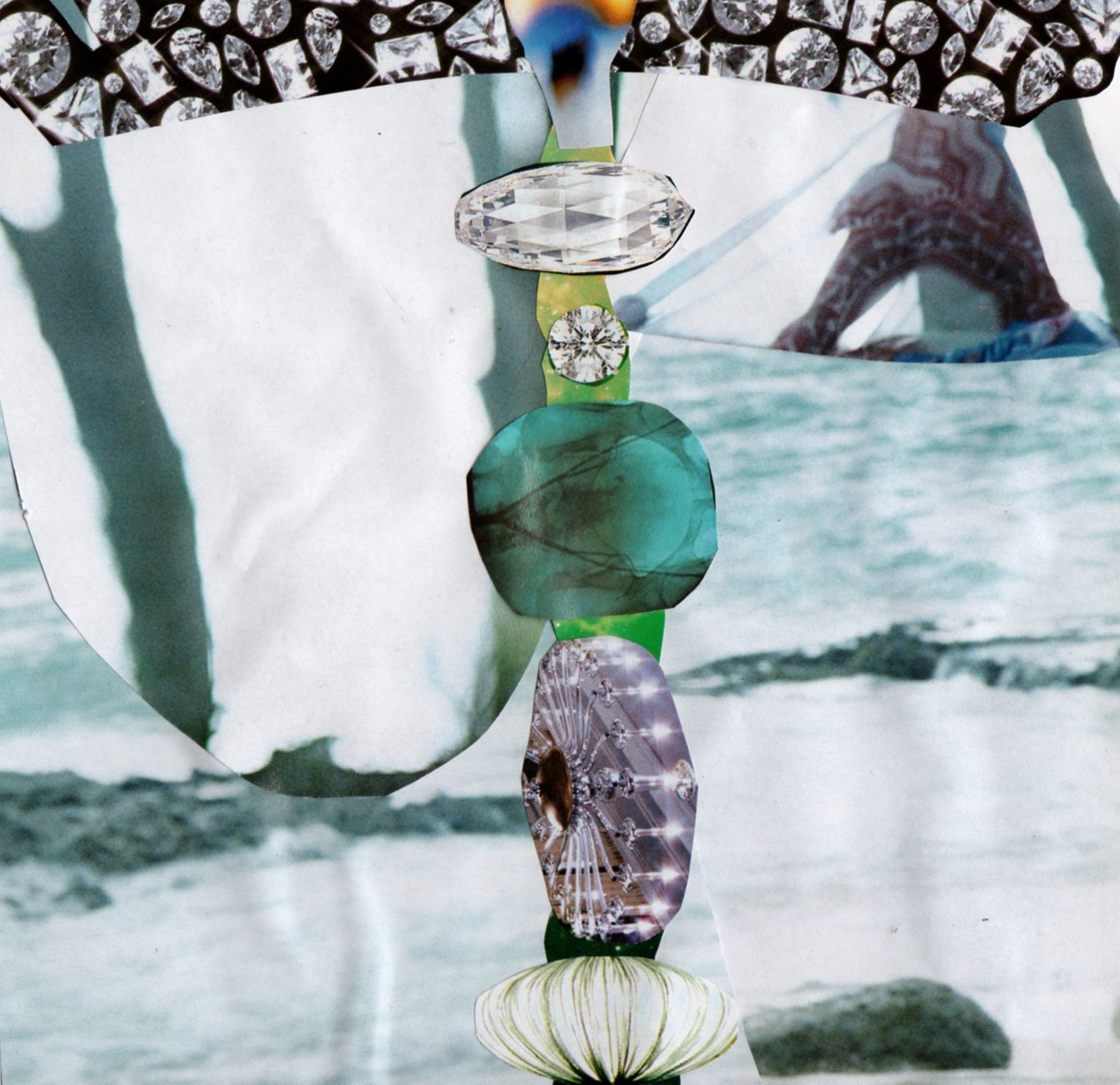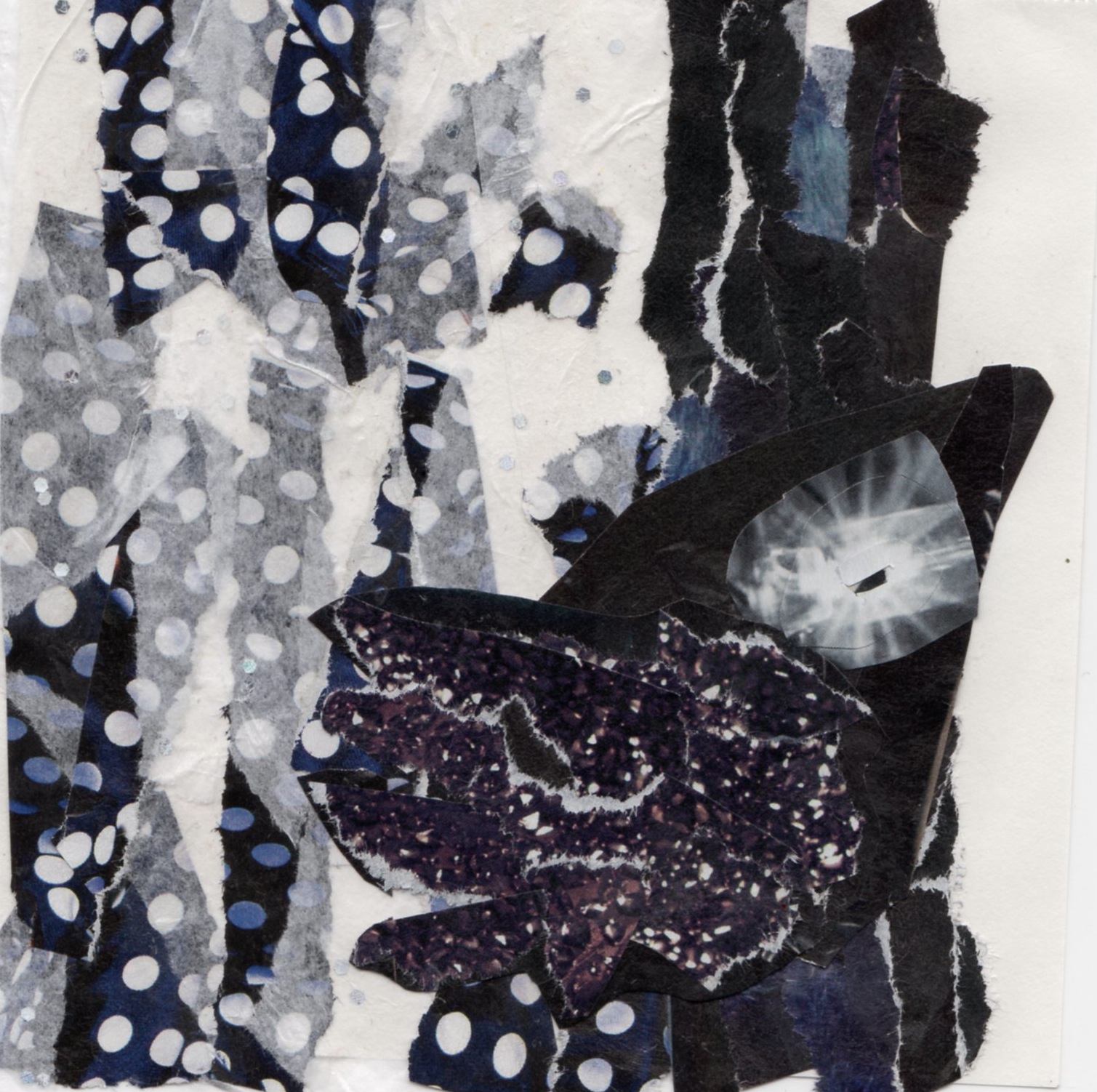
Zach talked to Brandon Proff (No 9. Function) about his work, beer, and Denver. Here’s what he had to say.
Composite Arts: Graphic design is such a loose term these days. In it’s most academic terms, it’s visual communication, but in practical terms it’s grid design, it’s type layout for printed informational sources, it’s navigation mapping and coding for interactive mediums. Your most recent collection of your work, featured in Composite No 9 Function, didn’t contain any information in language form to communicate relying more on digital photo minipulation. As a designer of album packaging, apparel, and even a day job in front end web interface design, you appreciate the difficulty of wearing multiple hats accuratly. Where do you see your place in Graphic Design and where do you see it going forward? Is one general approach and classification a viable option?
Brandon Proff: I think that it all depends what’s in the cards person to person. Experience leads me to believe that being viable requires being able to evolve. I have always been more of a kind-of-good-at-a-bunch-of-things than a really-good-at-one-thing-kind-of-guy. As the years have gone by I maybe regret not focusing more on a specific medium or technique, but I am happy with all the work I have put in at this point. We are our harshest critics after all.
One unforeseen result of my schizophrenic portfolio is that I think if I want to take my career in another more specific direction that I have many good starting points. Overall though, I would like to wind back on the volume of work I do and only take on projects I am really excited and inspired by. It’s happening more and more.
CO: Due to your past career paths, much of your design portfolio is dedicated to designing for the music industry via apparel and packaging. Obviously this type of work is artistic and has aesthetic merit, but often there is a goal to set a mood, almost creating a brand. How do you approach the task of creating a product counter part to an existing creative endeavor? Once completed, how do you think this work should be approached in relation to traditional art vernacular
BP: Most of the work I’ve done album wise, the band or artist was interested in doing something completely different, so I more or less had a blank canvas to work with. The nice thing about the music/art paradigm is that if you are the next artist in line to get to work with a band, you don’t really need to reference the previous artist’s work to make your own. In instances where you are continuing the relationship with the band on a new project, your mark on their brand is already there so you can work with that style or familiarity as much as you’d like and that incorporation can really help the cohesiveness of it all.
I tend to not really discuss graphic design in music with traditional art vernacular. Part of that might be out of not having very high regard for most art and design in music, but also that it serves a different purpose. Of course an album cover or a movie poster can be discussed in artistic terms because whoever made them was hoping to elicit an emotional response, and that is what most art hopes to accomplish. Everything in its place.
CO: Aside from your design work, you have your hand in other pots, including a quite large kettle; what is Our Mutual Friend?
BP: Our Mutual Friend is a little brewery that some friends and I started in Denver. Most breweries order their ingredients (malted grain, hops, yeast) from a distributor and call it good. It’s pretty much the only way breweries do things because of the volumes they need and most of them make incredible beers with it so I have no complaints. Our goal is to try and get as many of the processes between the plants in the fields and the beer in your glass happening in house. We buy raw grain and hope to eventually be malting it all on site. We are currently roasting all the grain in our beers and have seven proprietary malted barley and wheat roasts we do ourselves.
Eventually down the road we would love to have a farm in Colorado that is growing the grain and hops we use. A guy can dream! For now we would like to accomplish sourcing all our ingredients in Colorado to keep our footprint as small as possible.
CO: Denver is experiencing a renaissance of sorts. It has been a beer Mecca for decades, and it is now starting to turn heads within its culinary scene. There constantly seems to be another hit band coming out of the Mile High City. What’s it like to be beginning a new endeavor like Our Mutual Friend now in a place like Denver?
BP: It keeps us on our toes for sure. Part of this big boom in breweries in Denver (22 at last count) is that there are a lot of amazing people making great beer everywhere you turn. I think that there is still market share for little guys like us, but you have to be sure your product is perfect so that people WANT to support you. It’s easy to be mediocre in a small town where you’re the only one offering a product or service. Denver requires you to prove yourself and I love that challenge. Having fun, building a community, being relevant are all things we strive to do.
CO: With the boom Denver is experiencing, it can become overwhelming. If a Composite reader was to plan a long weekend in Denver, what must they do and see?
BP: The Clyfford Still Museum is a new personal favorite. I also recommend the 2up for some awesome 80′s arcade game action. As far as food goes, we have a Momofuku inspired restaurant called Uncle that is really great and Euclid Hall has my favorite menu item in town (the Bone Marrow). I definitely recommend Our Mutual Friend for beer but also check out TRVE brewing, River North brewing, and HogsHead brewing for many different styles of fantastic beer. Denver is a very walkable city but we also have rental bikes all over town if that’s your thing.
CO: Any other things you want to mention?
BP: Thanks for having me on here! If anyone has any more questions for me, I can be emailed at brandon@omfmb.com
